Abstract 4/2024
Table of content
Aneta Klepacz, Zofia Bryniarska – The impact of photo radars on the speed of vehicles – parth II
Jan Paszkowski – Method of estimating the Volume-Delay Function of a street section for modeling vehicle traffic distribution
Kamil Graca, Zofia Bryniarska – Analysis of the Jakdojade application and its impact on the use of public transportation in Kraków
Abstracts
Aneta Klepacz, Zofia Bryniarska
The impact of photo radars on the speed of vehicles – parth II
Abstract: The article aims to verify the effectiveness of the use of photo radars and their impact on the speed of cars and trucks. Part I of the article (TMiR No. 3/2023) includes a discussion of drivers’ behaviour on the road along with ways to deal with violations, and presents the causes of road accidents based on police reports of 2022. Part II contains an analysis of the factors influencing drivers to increase their speed. As part of the research method, two measurements were carried out for two different speed camera locations. The measurement locations differed in terrain and the applicable speed limit. They were located on DK7 in Jawornik and DK47 in Nowy Targ. The permissible speed limits on the surveyed sections were respectively: 70 km/h and 50 km/h. Measurements were taken at the current speed camera and one week after it was taken down. The speed cameras were removed for servicing on the order of the Main Road Transport Inspectorate. Part II of the article also contains a comparison of violations caused by car and truck drivers, with and without the current speed measuring device. Based on the General Traffic Measurement carried out in 2015 and 2020, the average daily number of violations was estimated for both speed camera locations.
Key words: speed cameras, speed, safety, violations
Jan Paszkowski
Method of estimating the Volume-Delay Function of a street section for modeling vehicle traffic distribution
Abstract: The article presents a study of an important element of the macroscopic model – the Volume-Delay Function (VDF). This type of function, studied since the early days of transportation modeling, estimates the travel time of a section as a function of traffic volume. This article presents a method for estimating the VDF, which is useful for, but not limited to, calmed traffic sections. The method involves the careful construction and calibration of a microscopic model through the use of video detection and the subsequent mapping of driver behavior under different traffic conditions. Through the use of the microscopic model, the relationship between traffic density and section travel time is later studied. The article also shows the practical methods applied. The Kraków model shows changes in the VDF on a real street section, as well as its impact on traffic distribution.
Key words: traffic distribution modeling, Volume-Delay Function (VDF)
Kamil Graca, Zofia Bryniarska
Analysis of the Jakdojade application and its impact on the use of public transportation in Kraków
Abstract: The aim of the article is to analyse the impact of travel planners, with particular emphasis on the Jakdojade application, on the use of public transport in Kraków. The development and history of the Jakdojade application and its basic functionalities developed in response to the changing needs of users are described. The second part of the article presents results of a survey conducted among users of urban travel planners. The 14 questions included in the measurement questionnaire allowed for the analysis of various aspects of the use of public transport by Kraków residents, including frequency, travel purposes, intuitiveness and ease of use of the Jakdojade application. Moreover, the study focused on assessing the effectiveness of the application in route planning, its impact on the quality of the travel experience and the precision of indications. The issues of preferences and habits of travellers and the identification of factors that influence the use of travel planners were also discussed. It also includes an analysis of planner functions that users consider important or unnecessary, as well as barriers to using these tools. To sum up, the article aims not only to understand the impact of travel planners on the use of public transport in Kraków, but also to indicate areas that can be improved in transport systems to better respond to the changing needs of residents.
Key words: travel planners, public transport, Jakdojade application, mobility

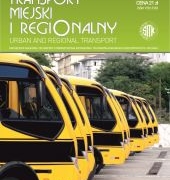 SITK RP
SITK RP 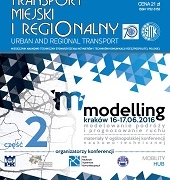 SITK RP
SITK RP 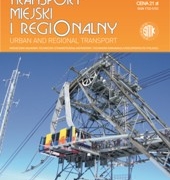 SITK RP
SITK RP 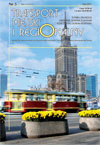 SITK RP
SITK RP 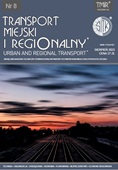 SITK
SITK 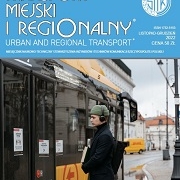 SITK
SITK 
 SITK
SITK SITK
SITK